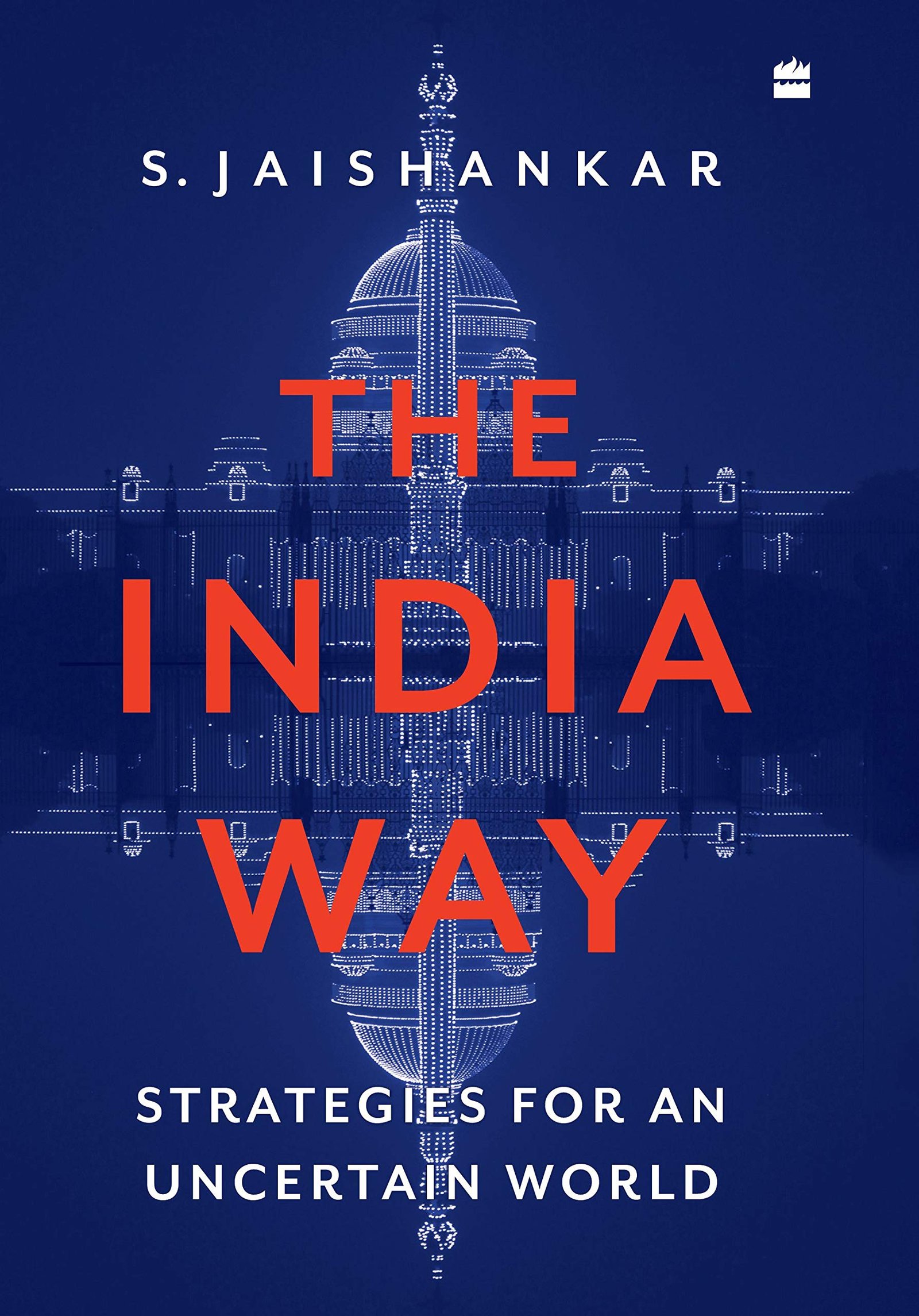
|
Getting your Trinity Audio player ready...
|
Capturing the foreign policy vision, direction and action of a 1.3 billion people-strong country like India in just around 200 pages is an astoundingly difficult task that Dr Jaishankar, India’s current Foreign Minister accomplishes with considerable aplomb. The illustrious son of an equally, if not more, illustrious father – one of India’s doyens of strategic thought – K Subrahmanyam, Dr Jaishankar deploys his vast diplomatic experience, profound strategic knowledge and meticulous narrative skills, probably inherited from his father, to seamlessly lead the reader through the expansive landscape of India’s foreign policy objectives in a fast changing 21st century world geo-political order.
Yes, I am talking about his recent book “The India Way”, which was released earlier this month. The India Way is about India’s contemporary thinking about its relationship with other countries in the world, its priorities and vision. Given over seven decades of diplomacy and foreign relations history during which period India has reached many significant milestones, it is a yeomanly task to narrate it in relation to the thinking of the current dispensation. Volumes have been written about each single relationship that India has had with other states, whether it is China, the United States, Japan or Pakistan. But Jaishankar tries to pack all of it into eight crisp chapters. He doesn’t dwell at length on the diplomatic history, nor does he attempt to draw references from the leaders in the past. He rather analyses developments in the most objective and academic way and flavours his account with the current thinking and future vision.
Lord Palmerston, then the British Prime Minister, in his famous address to the House of Commons on March 1, 1848, had said: “We have no eternal allies, and we have no permanent enemies. Our interests are eternal and perpetual, and those interests it is our duty to follow”. This became a mantra for nations in their foreign policy in subsequent times and continues to dominate strategic thinking even to this day. Palmerston defined diplomacy as a dynamic subject. Countries have to perpetually update and upgrade their foreign policy. Jaishankar underscores that important understanding in the very first paragraph when he, rather poignantly, says that ‘many of the assumptions on which we had operated were now being called into question’. Highlighting the challenge for the practitioners of foreign policy, the author makes a profound observation: “If the pressure of political correctness is one challenge, the weight of accumulated dogma is no less. An equally difficult reconciliation is that between an adequate awareness of the global context, and yet viewing it from a hard-headed national perspective”.
Jaishankar’s experience in foreign policy, firstly as a diplomat for over four decades and currently as India’s External Affairs Minister in the last year-and-a-half, oozes out in every single page and in innumerable quotable statements through the pages of the book. Let me illustrate some of them: ‘It is only a multipolar Asia that can lead to a multipolar world’; ‘Will the world continue to define India, or will India now define itself?’; ‘International relations is an exercise of both forging convergences and managing divergences’. ‘Power, especially as it grows, must be debated, projected and applied judiciously’; ‘Most strategists fight the last war, not the next’. Readers will come across many such profound statements in different chapters of the book.
Another good thing about this book is that Jaishankar minces no words in making some important admissions about certain omissions and commissions of yesteryears. He repeatedly decries the dogmatic approach to foreign policy in the past and emphasises the pragmatism that has replaced it of late. He calls the partition of India, delayed economic reforms and prolonged exercise of the nuclear option as the ‘three major blunders’ that the country’s foreign policy carries from the past. He insists that the past shouldn’t be the ‘determinant of our future’ and warns that we should refrain from ‘passing off timidity as strategy or indecision as wisdom’. He admits that performance-wise, while we have not done ‘too badly’, ‘some competitors have done better’. He believes that the real obstacle to the rise of India is ‘not anymore the barriers of the world, but the dogmas of Delhi’. “It is only recently that a stronger realpolitik has overcome a complacency based on entrenched dogma”, he writes.
The India Way highlights almost all the important facets of India’s foreign policy through eight uniquely titled chapters. ‘The Lessons of Avadh’, ‘Krishna’s Choice’, ‘The Nimzo-Indian Defence’ – these are some of those titles. While the entire book is incredibly engaging, two chapters standout – the ones on China and Japan. Jaishankar used his experience as an ambassador in those countries to give the reader a first-hand perspective. The chapter on China sees Jaishankar putting the blame largely on that country for the difficulties India experiences with Beijing while the chapter on Japan (and the ASEAN) largely puts the onus on India. Jaishankar sums up The India Way as ‘many friends, few foes, great goodwill, more influence’. “The India Way, especially now, would be more of a shaper or decider rather than just be an abstainer”, he concludes.
The India Ways is a must-read book for all the diplomats – especially the younger ones – and other foreign policy enthusiasts. It is a commendable and courageous effort by the writer as it is not easy for a serving foreign minister to articulate the nuances of foreign policy so openly. Jaishankar of course deploys his diplomatic language throughout – that makes some parts less comprehensible to readers unfamiliar with the profession. Also, the pedagogic style used by the author calls for attentive reading. In spite of these minor challenges the book makes a great addition to the resources available on the dimensions of India’s foreign policy doctrine and priorities.
(The review was originally carried by Chintan – India Foundation Blogs on September 26, 2020. )



